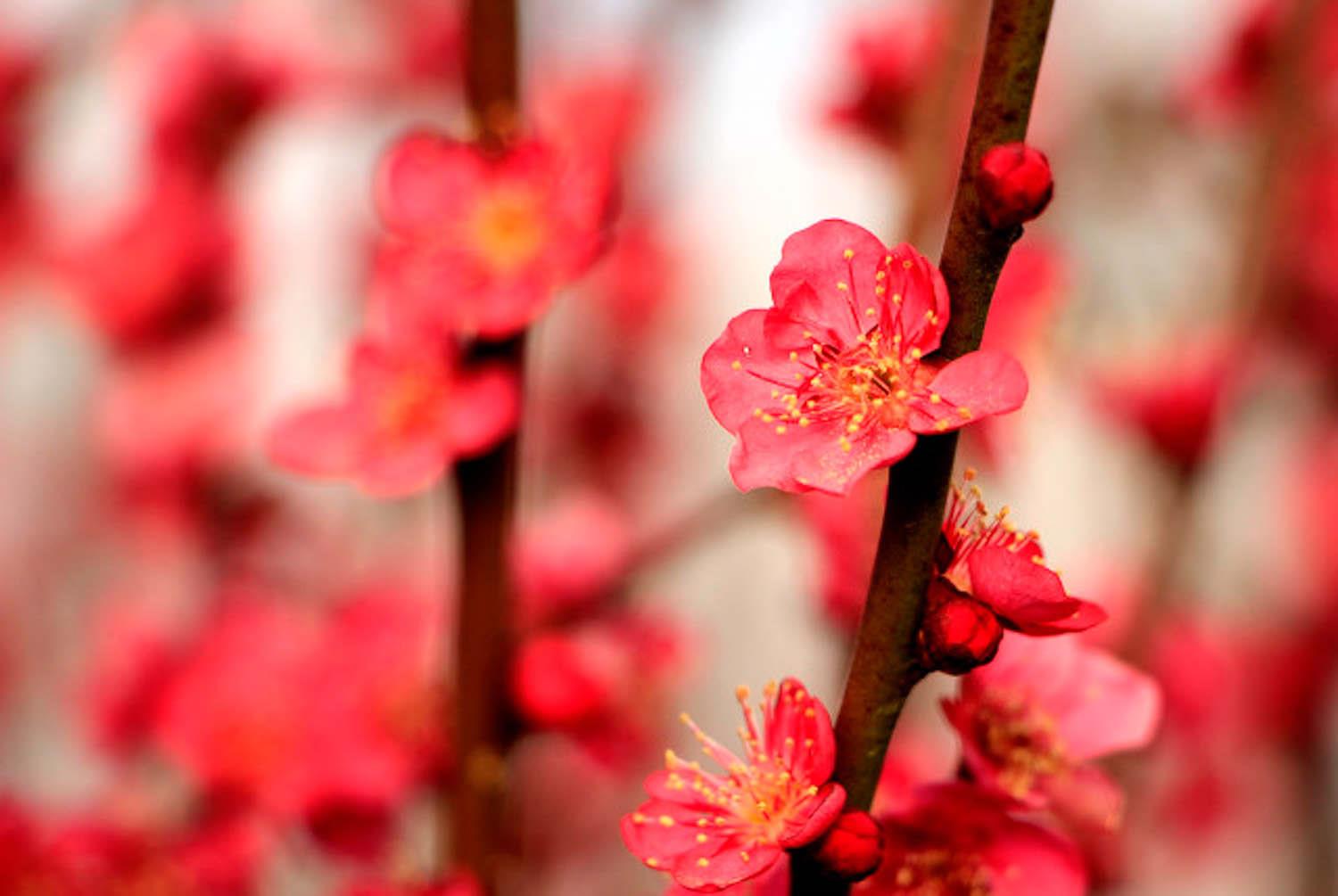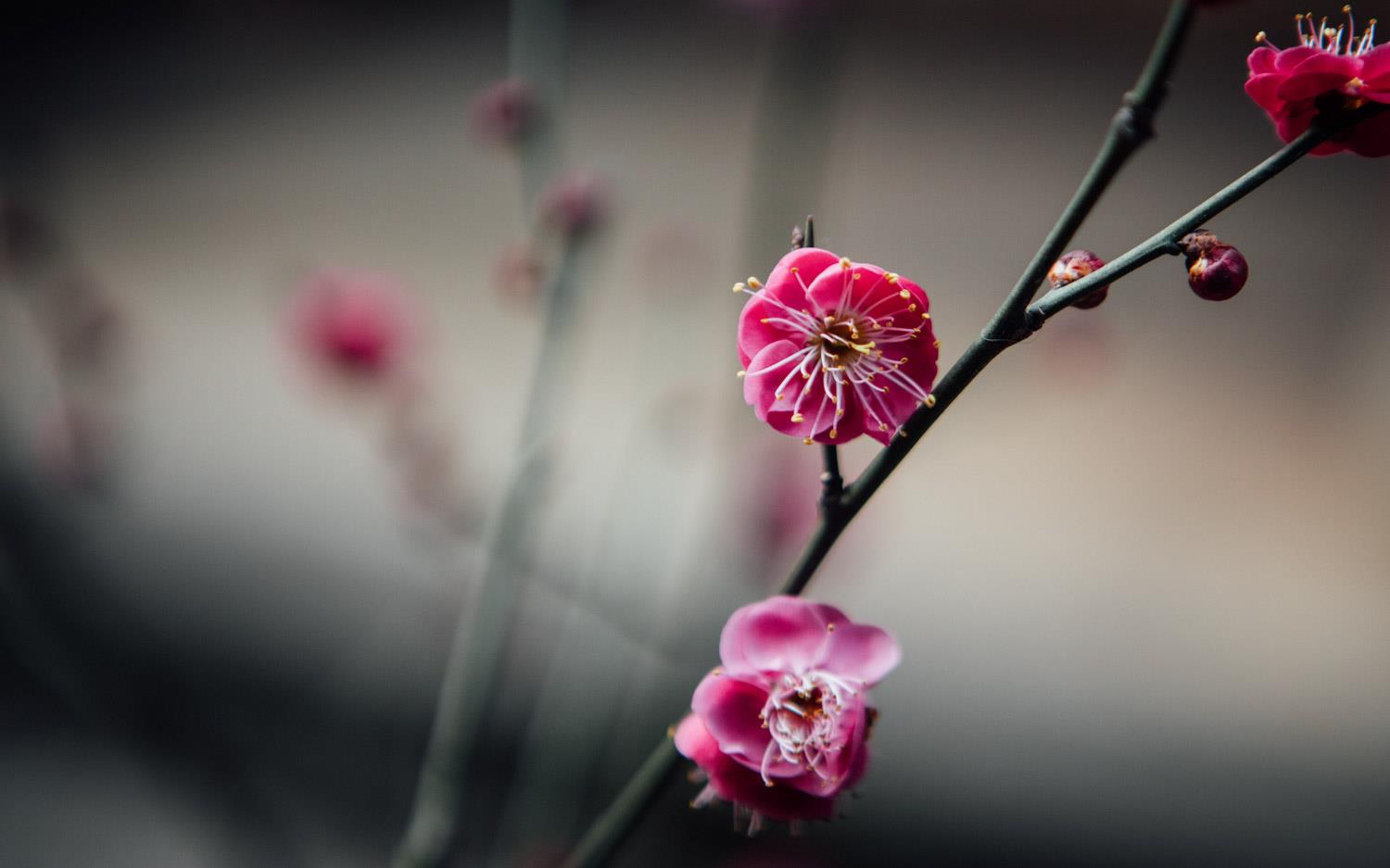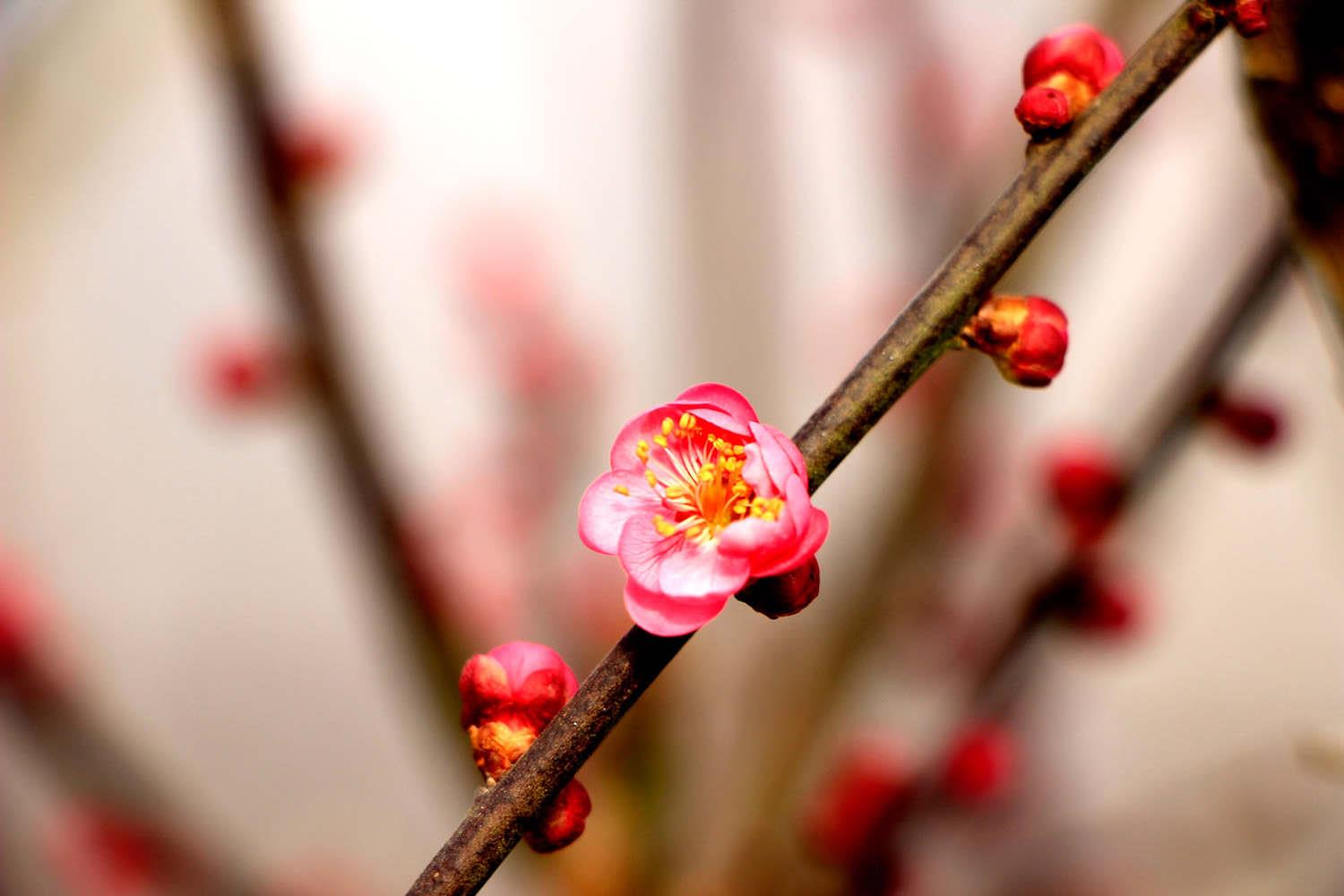How much should you water plum blossoms at one time? How to remedy plum blossoms if they are watered
Last Update :2024.04.28
Article Catalog
2. How to remedy excessive watering
Plum blossoms are usually watered every 7-10 days, and each watering should be done thoroughly. The amount of water should be determined according to the size of the flower pot, and there should be no stagnant water. If it is the rainy season, the watering time can be postponed. If the climate is very dry, the watering interval should be shortened. If you water too much, the water needs to be drained immediately and the soil loosened and ventilated to speed up water evaporation. If the water has accumulated for a long time, you need to remove the pot for inspection and trim the rotten roots.

1. How to water
1. How to water
Plum blossoms do not have very high demand for water. The soil should usually be kept slightly moist and should not be watered too much. Watering once every 7-10 days is enough. Depending on the environmental climate, the watering interval should be increased or decreased appropriately. For example, in the rainy season, the watering time needs to be postponed and drainage work should be done well. If the temperature is high and water evaporates quickly, you need to water in advance to prevent the soil from drying out too much.

2. How to remedy overwatering
< p>1. Empty the accumulated water: If you water the plum blossom too much and there is accumulated water in the pot soil, you must drain it as soon as possible. Of course, this also applies to potted plants placed outdoors during the rainy season, and rainwater must also be drained. This can prevent too much water from affecting the respiration of the roots, thereby affecting the growth and development of the plant.
2. Loose soil and ventilation: In addition to drainage, It is necessary to loosen the soil of plum blossoms and enhance ventilation, so that the water added to the soil can evaporate. If the soil is wet for a long time, it is likely to breed bacteria. Good air circulation can also prevent the growth of bacteria and reduce the possibility of root rot.
3. Remove the pot and repair the roots: If the water has accumulated for a period of time, or the pot soil has been wet for a long time, which has caused the roots to rot, it is necessary to remove the pot and repair the roots. Take the plant out of the pot, remove some of the old soil, and check for decay. Use sterilized scissors to trim the rotten roots, inspect them, apply carbendazim to disinfect them, wait for the wounds to dry, and then replant them.

2. How to remedy excessive watering
- END -
What are the hydroponic plants that don’t see sunlight?

1. Pothos: Pothos is very shade-tolerant and can maintain growth if given appropri...
Varieties and pictures of longevity flowers, what causes the leaves to turn yellow

There are many varieties of longevity flowers, including Simone, Caroline, Sensati...